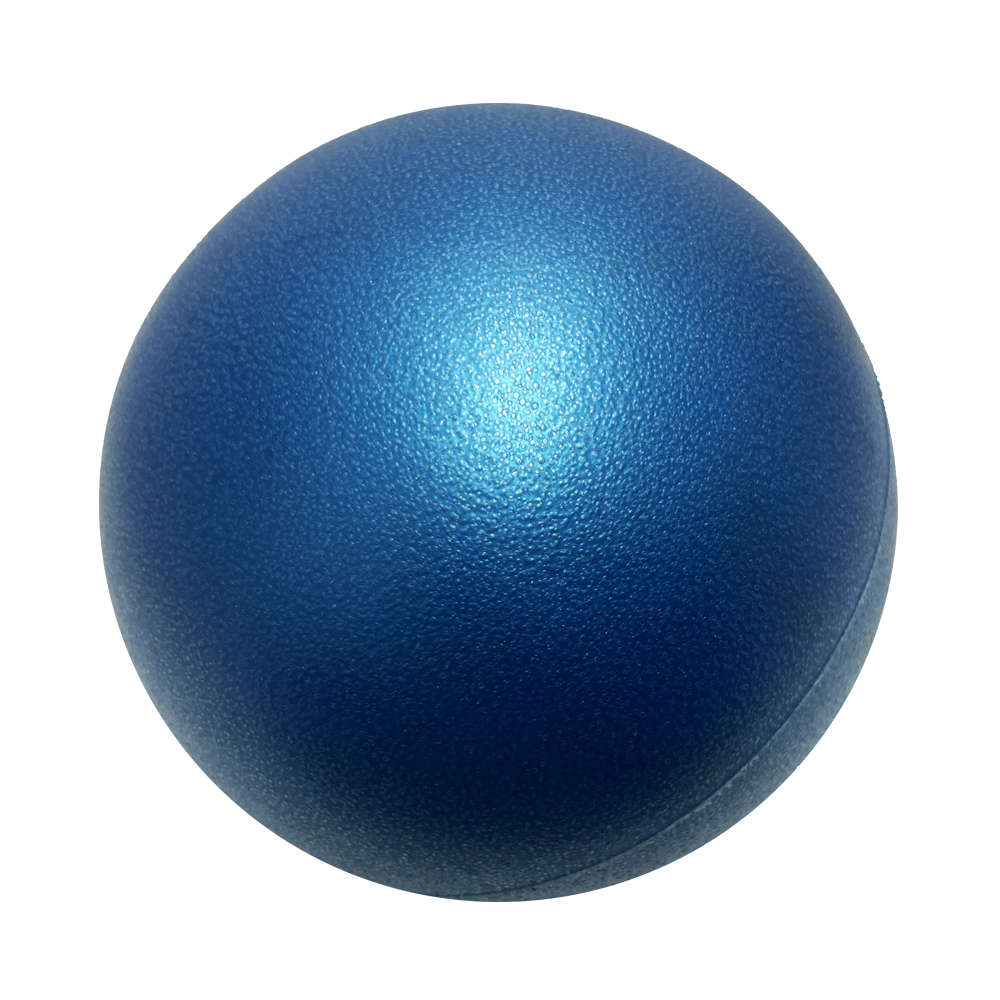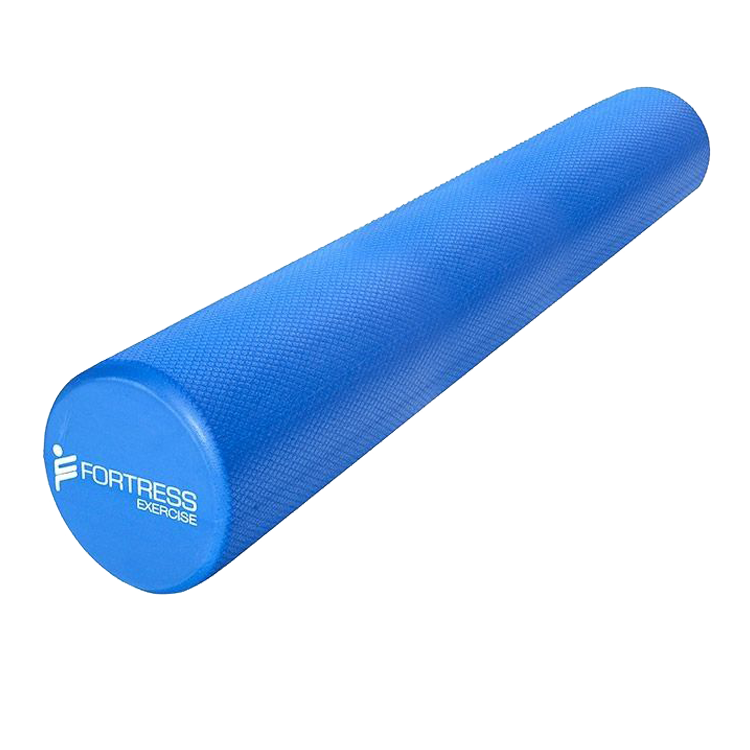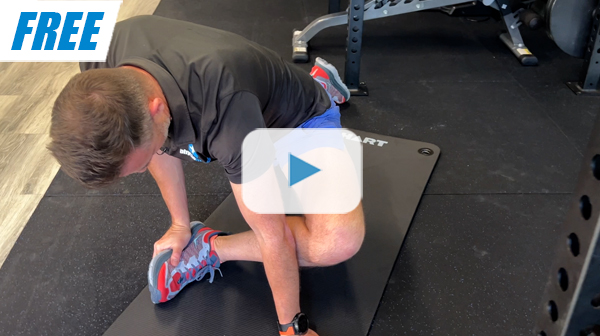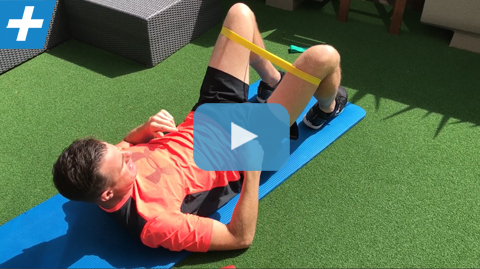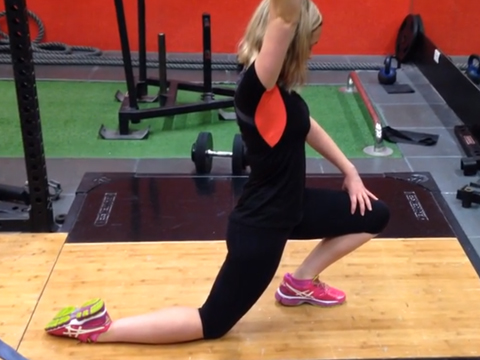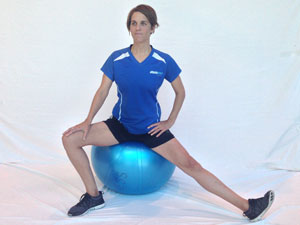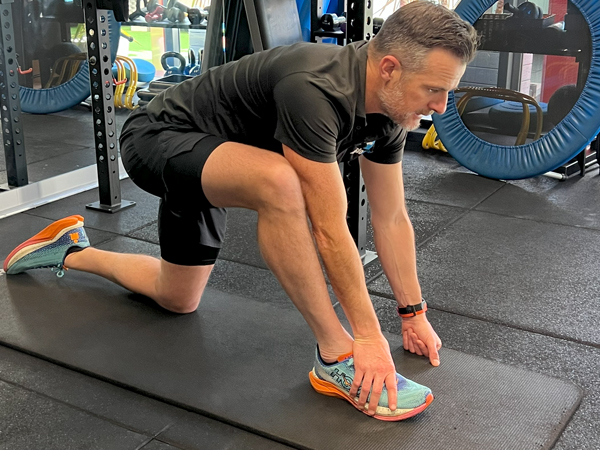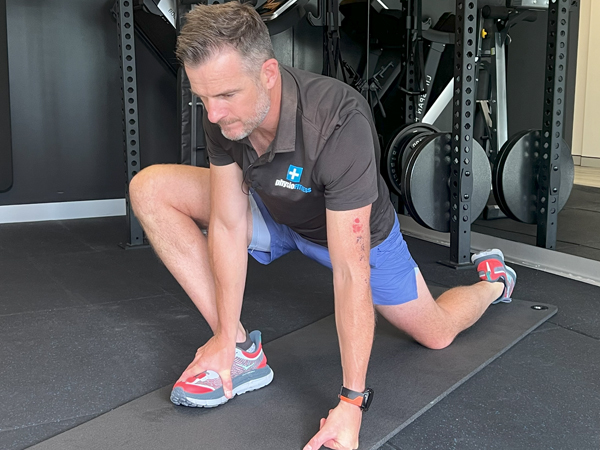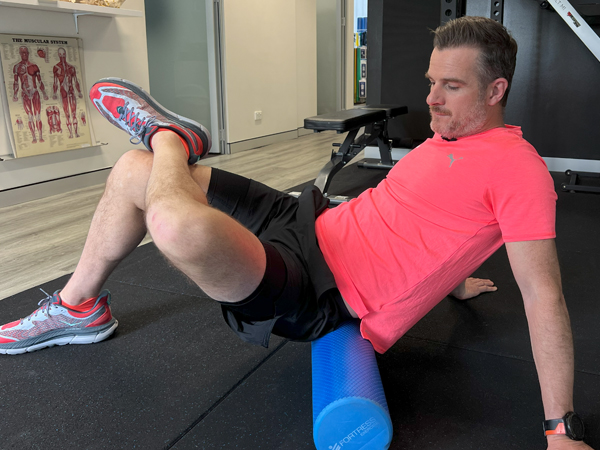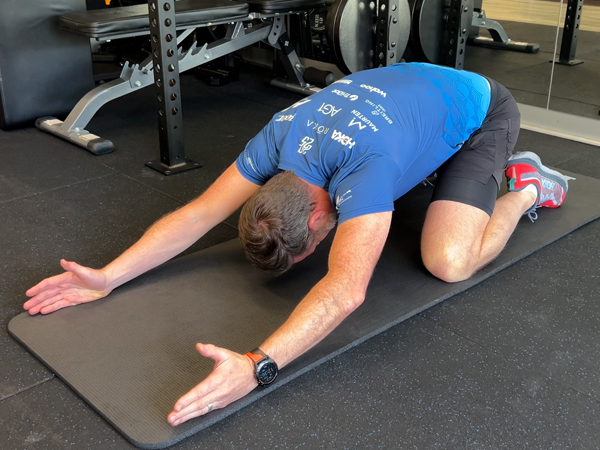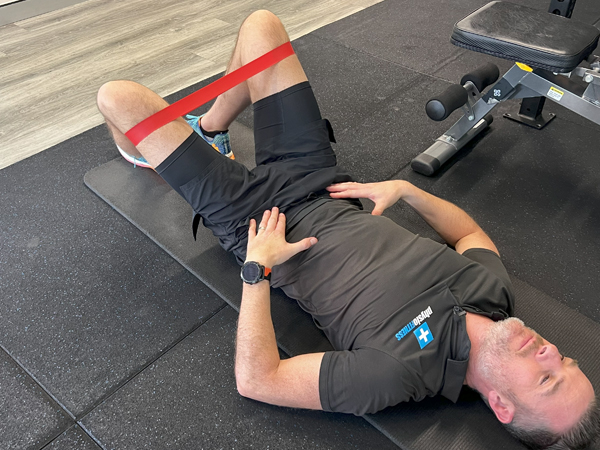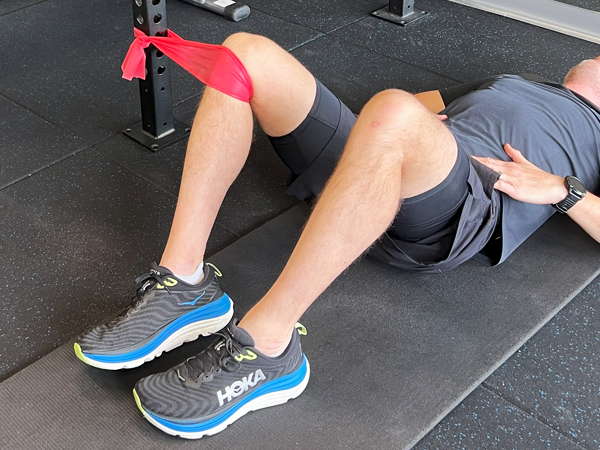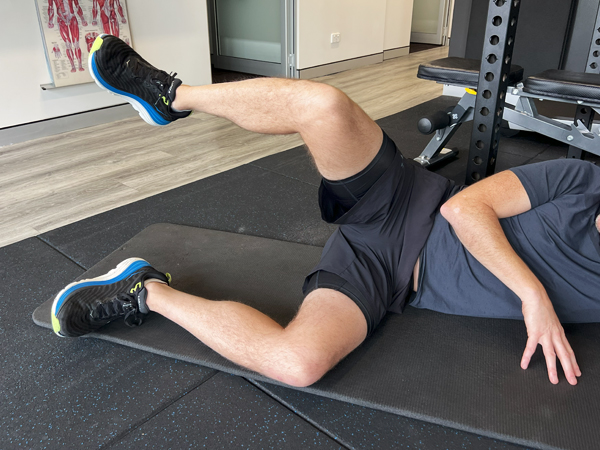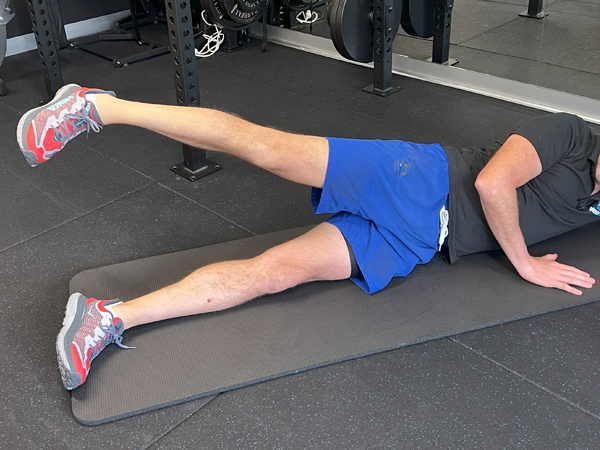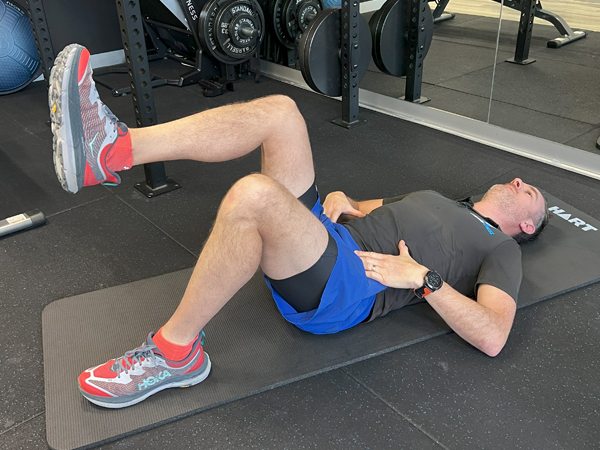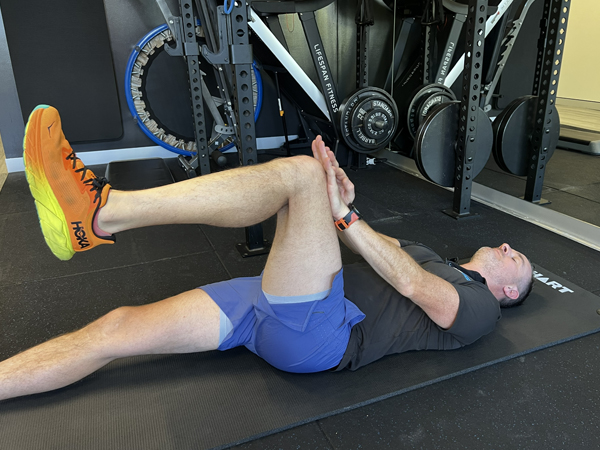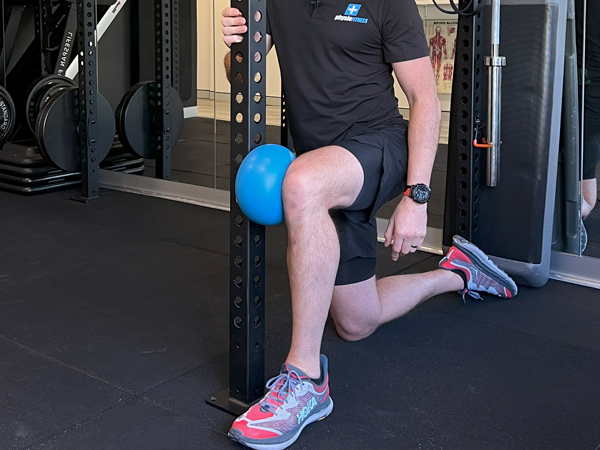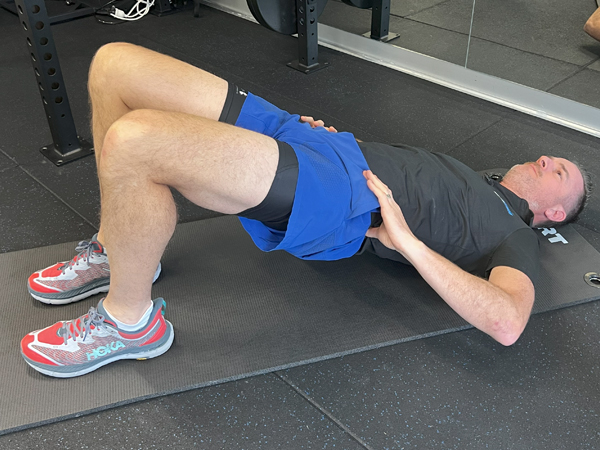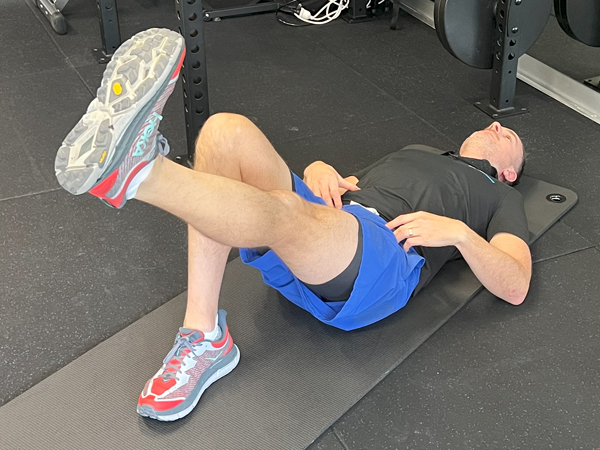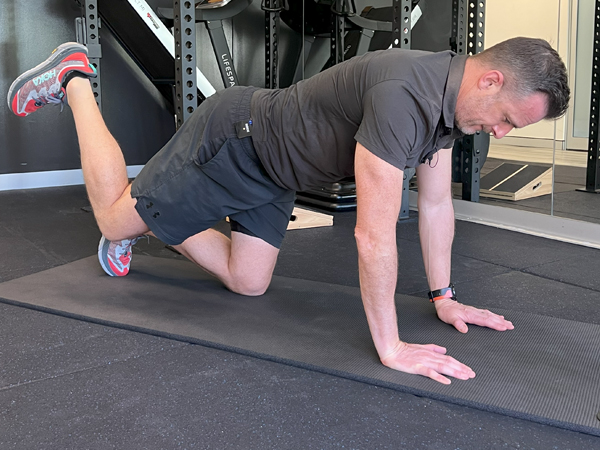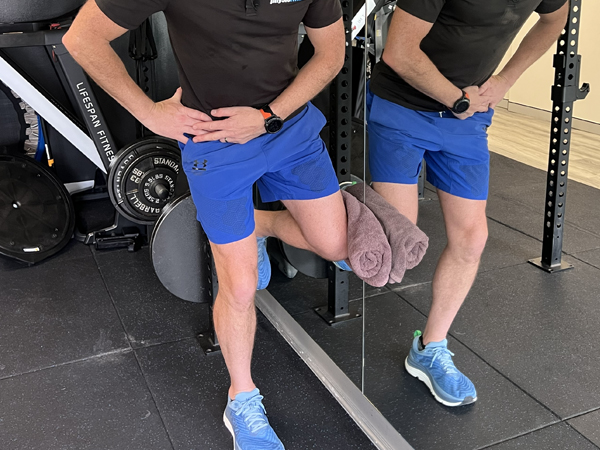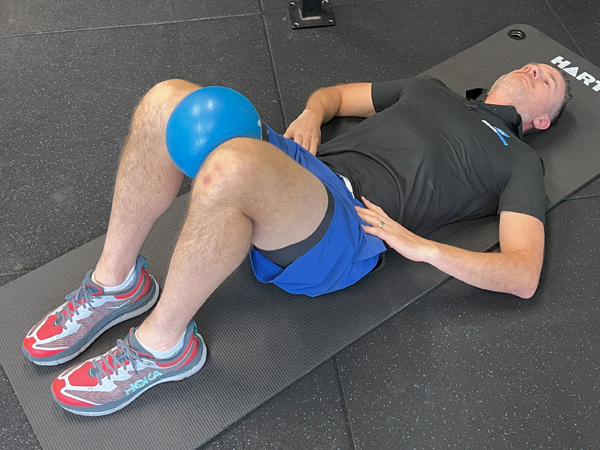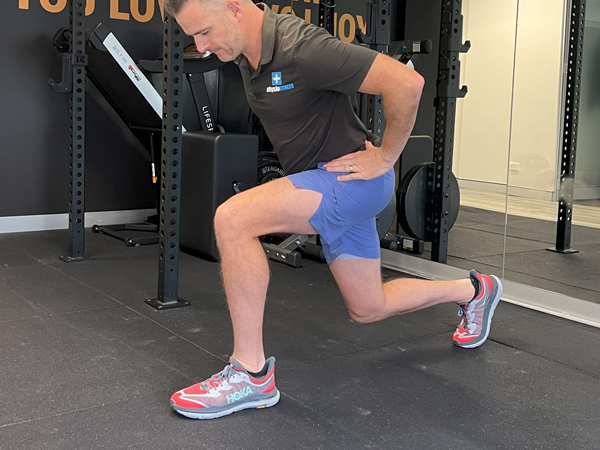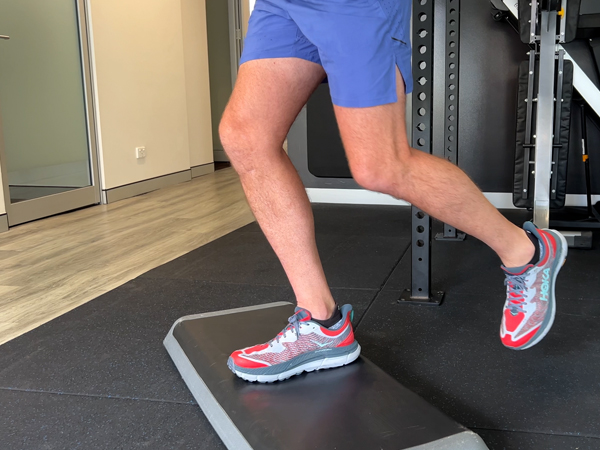Hip and Groin Injury Rehab | Weeks 03-04
Physio Check-InWhether you're dealing with an Adductor tendon or muscle tear, Hip flexor tendinopathy, or Hip bursitis, it's essential not only to follow this rehab program but also to check in with your physiotherapist before progressing to the next stage. A Physio Check-In ensures your injury has been properly diagnosed, confirms you're ready to begin Stage 2 exercises, helps you perform movements with correct technique and reduces your risk of aggravating your injury. If you haven’t already seen a physio, we recommend booking a consultation to get expert guidance. You can connect with one of our team Physios at Physio Fitness via an online telehealth video consultation. VISIT OUR TELEHEALTH PAGE |
Program InstructionsMobility Exercises Hopefully you're feeling some improvement from the exercises in the last two weeks. This stage builds on the mobility work from Stage 1, with the addition of hip flexor and glute mobility exercises to further support joint function and muscle balance. Both sets now contain more exercises, increasing overall volume. However, you’ll still perform each set the same number of times per week as in Stage 1. Set A: Glute Activation Set B: Strength Progression Cardiovascular Considerations |
Special Notes |
